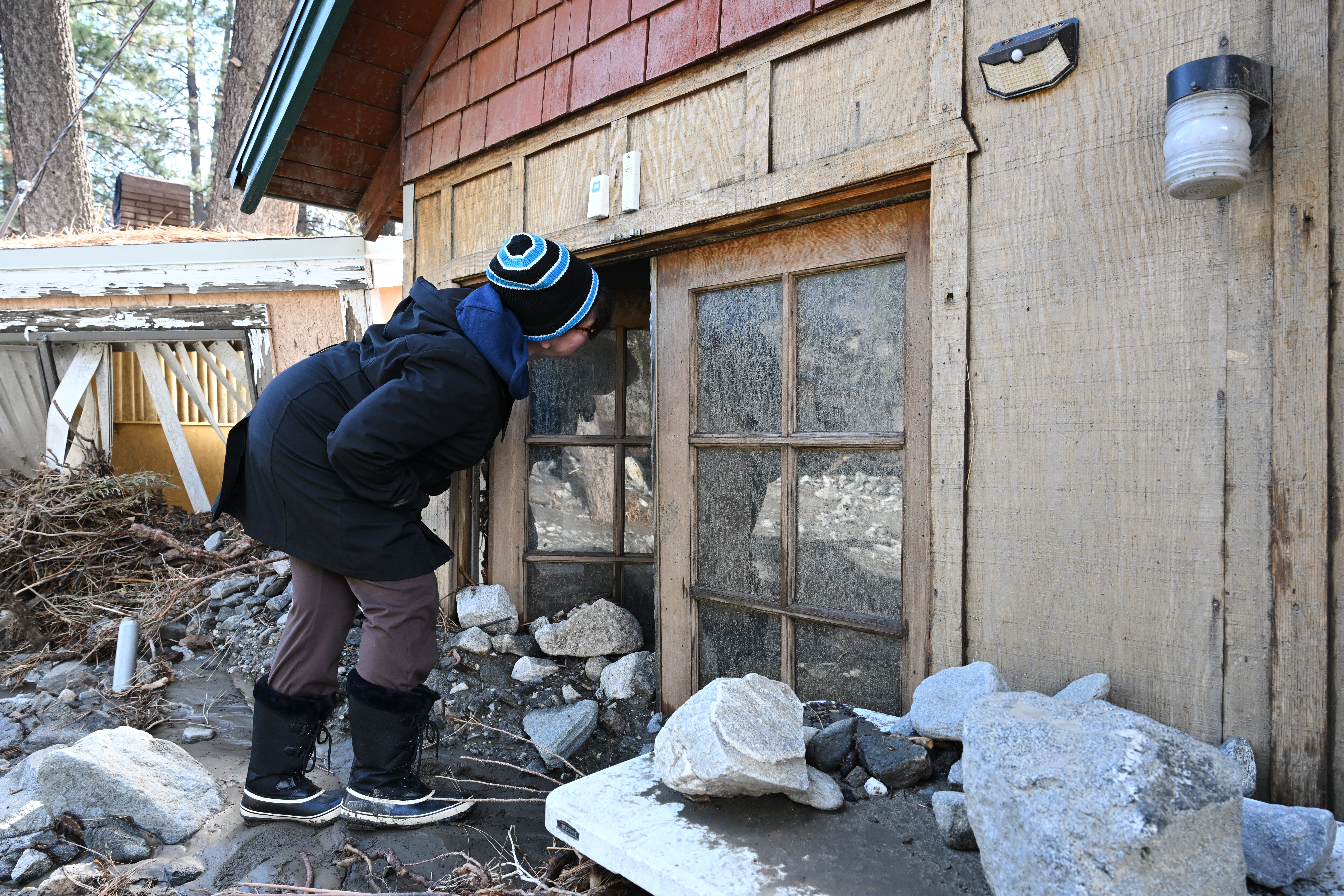Recently, Scripps News Grand Rapids introduced the story of Anna, Luke and little Paxton Florek.
At 10 months old, Paxton had a golf ball-size tumor at the base of his brain and spinal cord. The cancer was rare. His prognosis was bad.
Remarkably, he beat the cancer, and now, his healing continues.
"Doing PT right now, he does OT right now, doing feeding therapy right now, school two days a week," Luke Florek said.
Pediatric brain tumors and the treatments to fight it can impact how a child grows.
"They're developing, their bodies are developing," said Dr. Praveen Raju, co-director of Mount Sinai Children's Brain and Spinal Tumor Center. "When you put drugs and they can't go to exactly where they want to go, you know, it causes problems on their growth, in their brain development and other aspects of their childhood."
Raju did not treat Paxton, but he is part of a team from Mount Sinai and Memorial Sloan Kettering Cancer Center that has found a new way to get anti-cancer medicine to a child's brain tumor.

What does it cost to have cancer?
An oncologist and parents of kids with cancer share how the costs of treatment can hinder or even completely prevent a patient from getting care.
In the new research, scientists injected mice through an IV and used a way the immune system traffics white blood cells to sites of infection, inflammation or tissue injury. They could get the drugs in smaller doses and target it specifically to the tumor.
"All we're doing is essentially using something that the body already uses — the immune system — to get things where they want it to go — the immune cells," Raju said. "But now we're using that cargo, basically the drug in a nanoparticle variation of that."
They could get even more targeted with very low-dose radiation.
The targeting is important. Right now, patients need higher doses to get past the blood-brain barrier, which defends the brain from disease-causing pathogens and toxins in blood.
"When that barrier's really tight, what you typically have to do is use much higher doses of drugs to get enough there, and usually what happens in that scenario is the body can't handle it," Raju said.
This study looked at the most common type of child brain tumors, but researchers think it could be a crucial step for other brain diseases, like multiple sclerosis, stroke or Alzheimer's.
Raju thinks it will still be two to three years before the first clinical trial in children. But the hope is this discovery could lead to more patients like Paxton — cancer-free and bouncing back.

Could dogs be the key to curing childhood cancer?
Through funding from President Joe Biden's Cancer Moonshot initiative, experts are learning how dogs are offering a unique way of looking at cancer.











